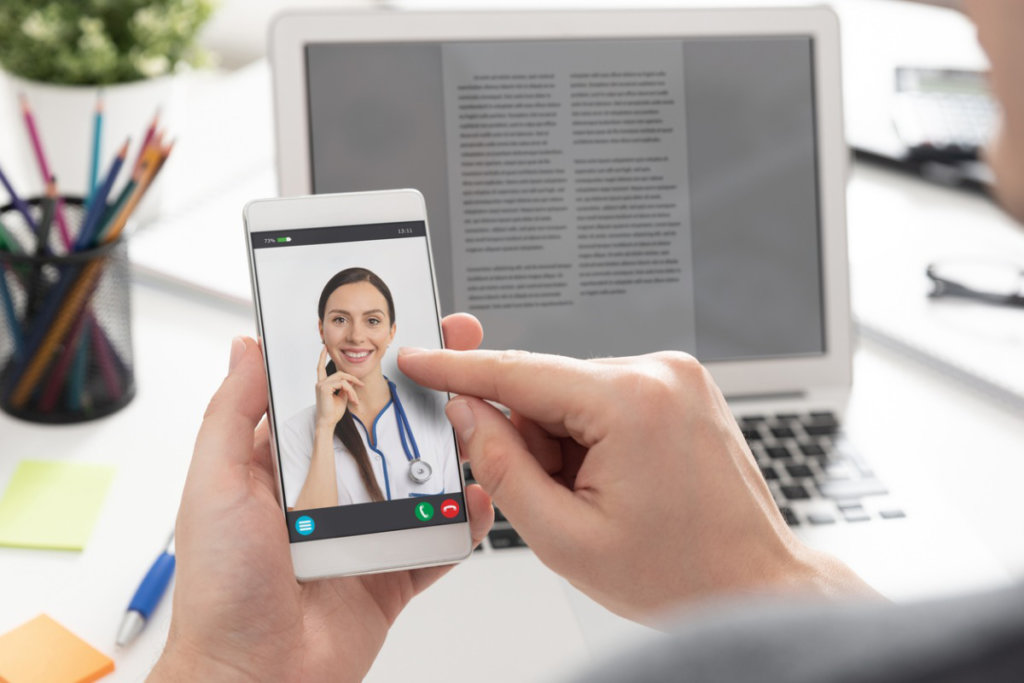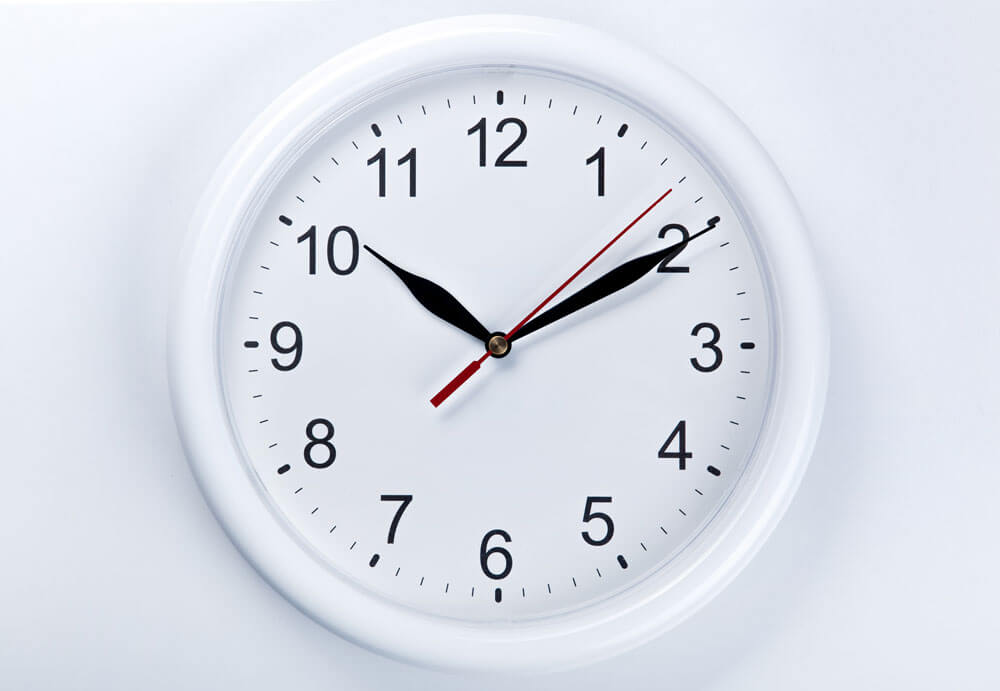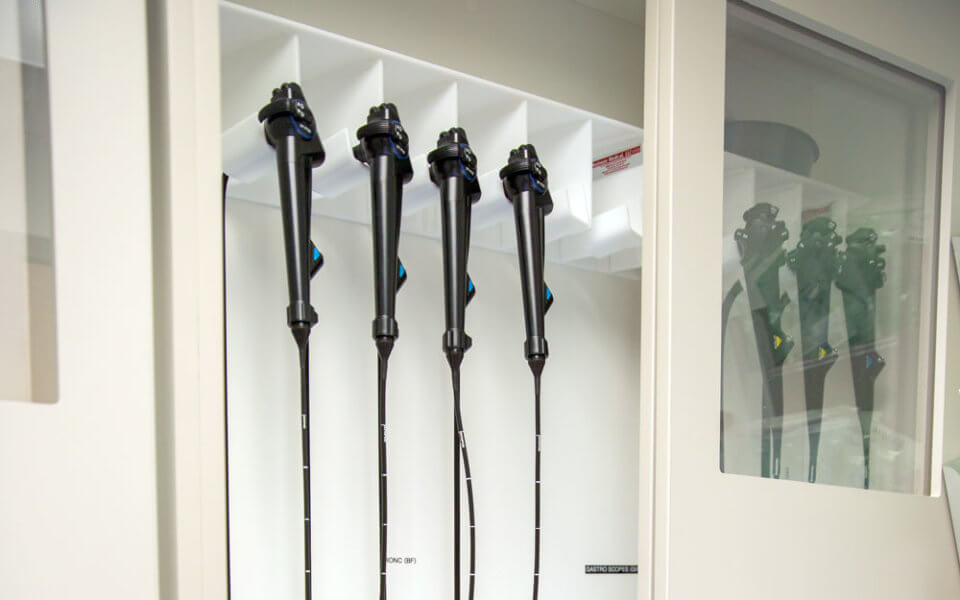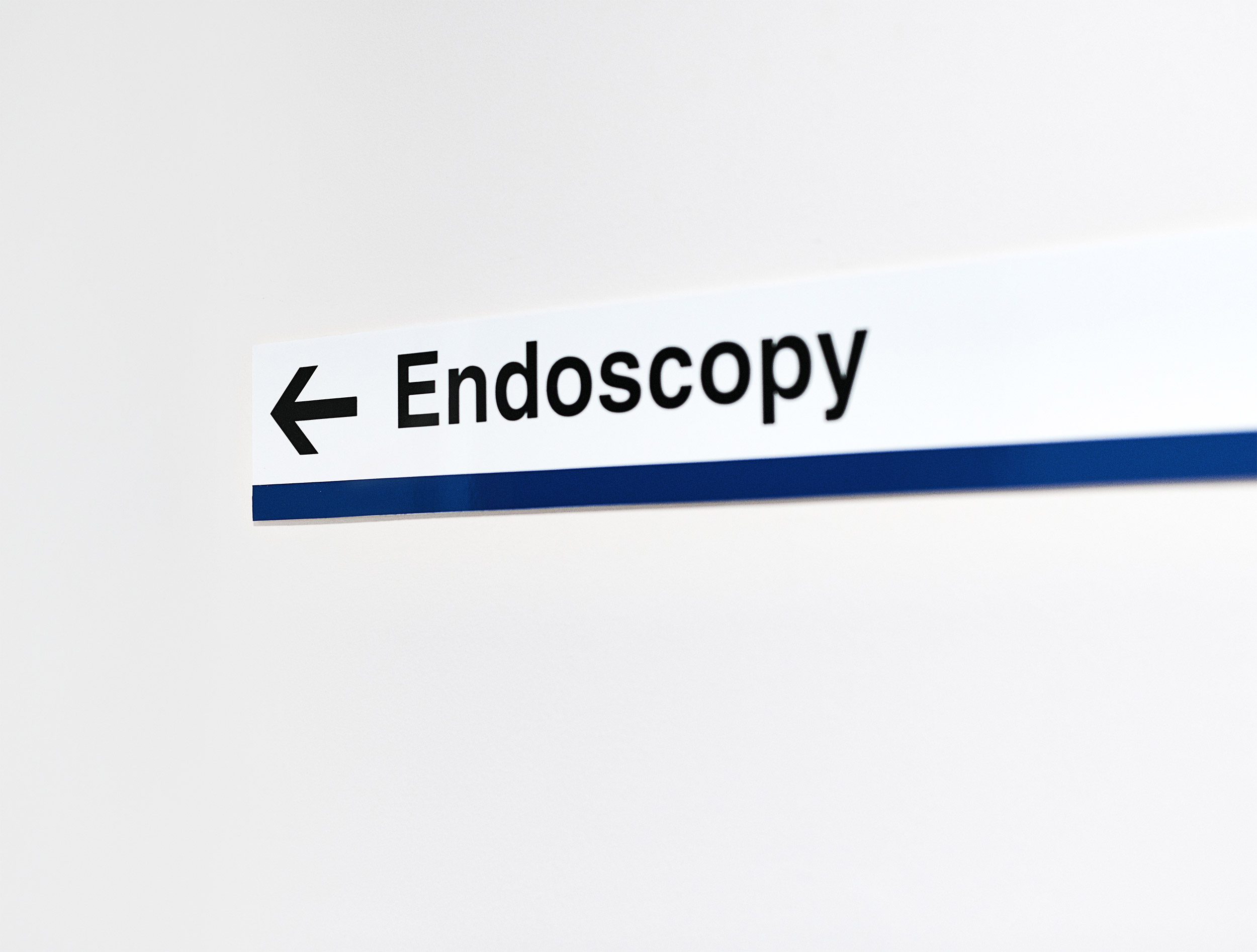
A majority of hospitals in the U.S. use telehealth services to connect with patients remotely – a reported 76 percent, compared with 35 percent of hospitals that offered the service in 2010. But does telehealth make sense for all medical fields?
According to the American Hospital Association, almost every state Medicaid program now offers coverage for telehealth services and private payers are starting to follow that lead. Telehealth includes videoconferencing, remote monitoring, electronic consults, and wireless communications, touted by the AHA as a way to “ensure patients receive the right care, at the right place, at the right time.”
Researchers from the state Department of Internal Medicine and Ann Arbor Veteran’s Affairs Medical Center in Michigan indirectly explored that claim by conducting a pilot survey of 40 VA patients in the state to analyze the satisfaction rate of telehealth services prior to advanced endoscopic procedures such as endoscopic retrograde cholangiopancreatography, or ERCP.
The results, which found that patients reported a similar level of pre-procedure satisfaction for both F2F and telehealth, were presented at the 2019 American College of Gastroenterology annual meeting.
The published survey, “Patient Attitudes Towards Pre-Procedure Telehealth Visits Prior to Advanced Endoscopic Procedures: Results of a Pilot Survey” – compiled by Dr. Suraj Suresh, with Dr. Stacy B. Menees, Dr. Sameer D. Sain, and Dr. Anoop Prabhu as co-authors – included a small sample size and was limited to VA patients in Michigan, who can only have advanced endoscopic procedures performed in one location in the state.
Patients provided feedback on telehealth, face-to-face (F2F), and direct access (DA) prior to their procedures. Direct access was defined as no meeting with a physician before an advanced endoscopic procedure, a process that could reduce time and financial burdens on patients. Direct access may also allow for less procedural delay.
Advanced endoscopic procedures such as ERCP are complex and carry risks for post-procedural pancreatic illnesses. ERCP is usually a time-sensitive procedure, so researchers hypothesized pre-procedure telehealth conferences would increase workflow and benefit patients who may have to travel a long way for pre-procedure visits.
As expected, Suresh said, patients with transportation difficulties were more likely to elect a telehealth visit. Patients reported similar levels of satisfaction with telehealth and F2F visits and most patients preferred one of those options over no pre-procedure visit at all.
“Face-to-face visits with the endoscopist allow for a detailed discussion of procedural risks, as well as outcomes. They also allow physicians to develop a rapport with their patients before the procedure itself, thereby improving the patient’s comfort level,” Suresh said in the presentation at the ACG.
Telehealth visits for VA patients in Michigan, are conducted at the patient’s local VA clinic, and offer patients a chance to still have face time with a doctor prior to their procedure.
The survey included 40 patients – 20 were DA, 11 participated in a F2F appointments, and 9 had telehealth visits. Patients in the study were preparing for advanced endoscopic procedures like ERCP, large polyp EMR, esophageal EMR, pseudocyst drainage, or endoscopy ultrasound. All participating patients had no prior experience with such procedures.
“Although the sample size today was not large enough to show a statistical difference between these groups, there was an overall trend where patients with face to face and telehealth visits to report better procedural comprehension compared to their direct access counterparts,” Suresh said.


